| Annunciation to Joseph, c. 2000, by little ol’ me. Who likes hearing upsetting news? |
I was recently diagnosed with cancer. It’s kept me from doing much of anything these past few weeks, as I’m in a sort of paralysis of awe and anxiety. This is why I’ve been writing about art theory and history and not so much about practical painting.
Yesterday my doctor was reviewing the charts from my 1999 bout with a different cancer. “And you were running 900 miles a week,” he finished up.
I laughed. “I was actually running 30 to 36 miles a week then,” I said. “And the odd thing is, I’ve been ramping up my mileage all summer, and now I’m doing 25 miles a week.” Last winter I realized that scrambling around rocks while teaching plein air painting in Maine would require a lot of endurance, so I started training harder.
When I had cancer in 1999, I made exercise my top priority. If I wasn’t hooked up to an IV, I walked or ran. It was how I kept sane. And my first resolution with this round of cancer is to do the same, even if it uses up all my limited energy. In retrospect, running is probably why I’m still here.
Twice now I’ve ramped up my workout the year before I learned I had cancer. No, exercise doesn’t cause cancer. Rather, sometimes God tells us to do something that we don’t understand at the time. Listening to the voice of God is pretty hard for people who have been trained to think rationally rather than intuitively. But when we succeed at it, we rapidly realize God has his hand firmly on our shoulders.
| Carrying the Cross, from A Child Walks With Jesus, 1999-2000, St. Thomas’ Episcopal Church, Rochester. |
Right before my last diagnosis, I agreed to do Stations of the Cross for St. Thomas’ Episcopal Church in Rochester. It took me ten months to do 26 sketches, but in retrospect, I think the cancer shaped the work in ways I couldn’t have foreseen. The work also shaped my faith, because it addresses the fundamental question of the Christian experience: did Jesus really give us an end run around the inevitability of sin and death?
Oddly enough, I recently made a commitment to do seven large paintings on the subject of God and man in the environment. I have no idea how being sick can affect this work; I won’t know until I break this paralysis. But I will, and it will. That I know.
Let me know if you’re interested in painting with me in Maine in 2014 or Rochester at any time. Click here for more information on my Maine workshops!


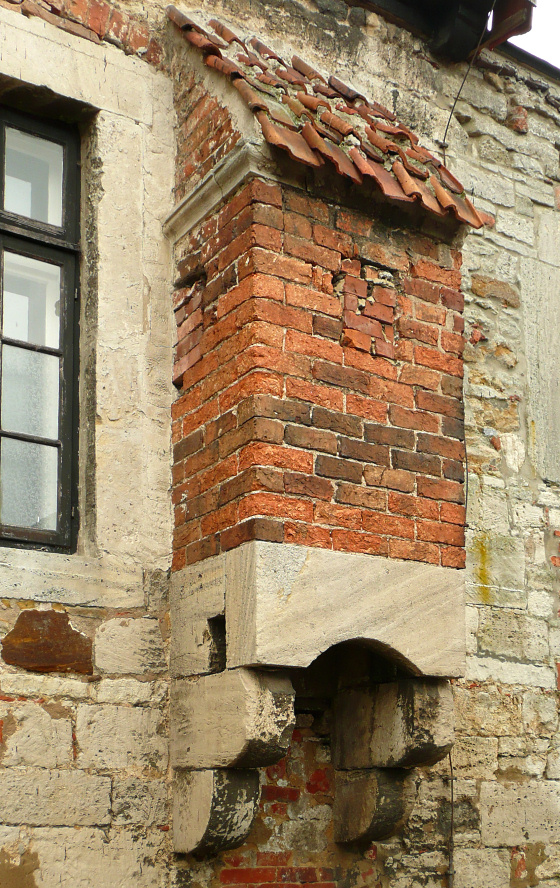




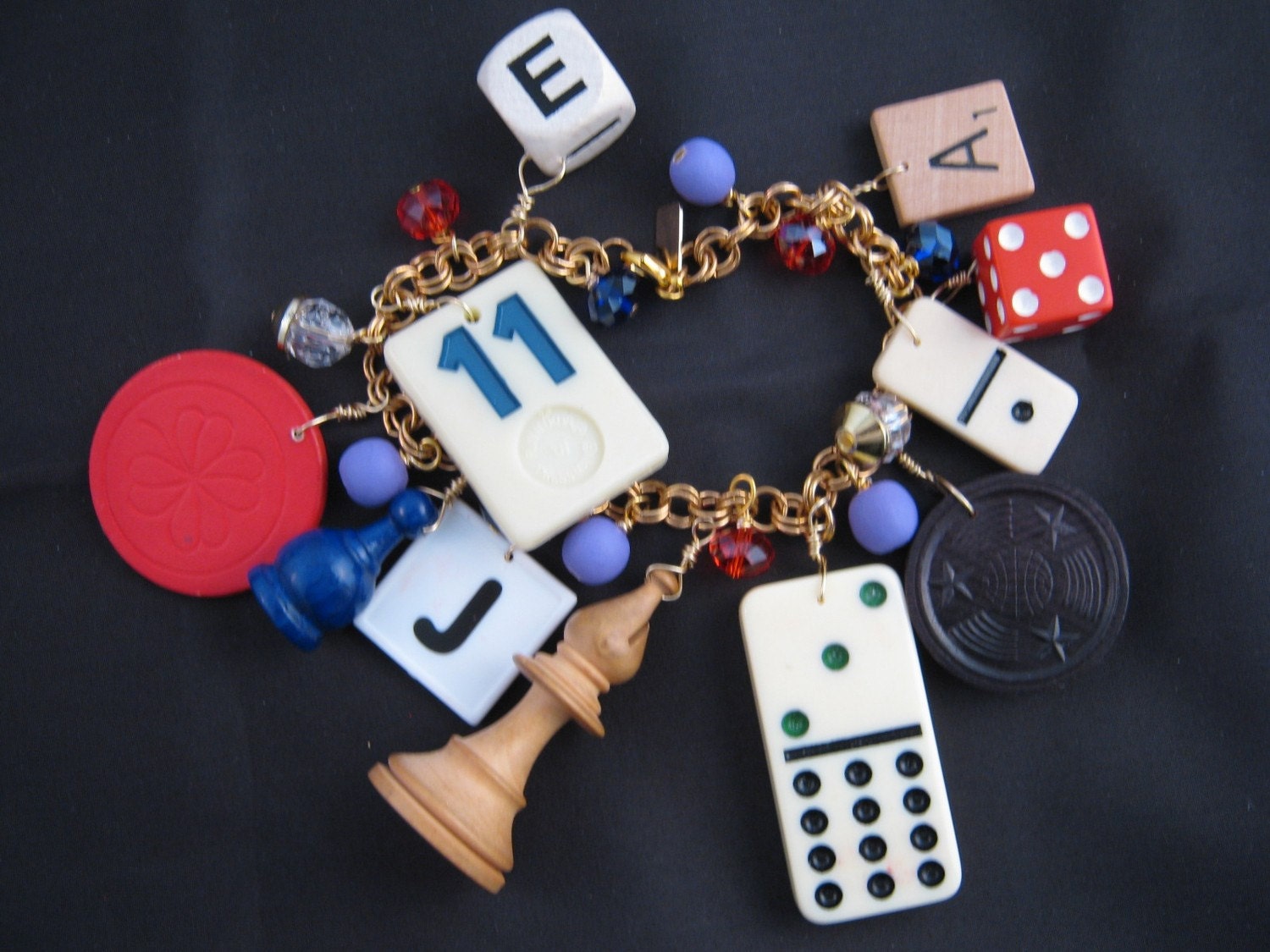

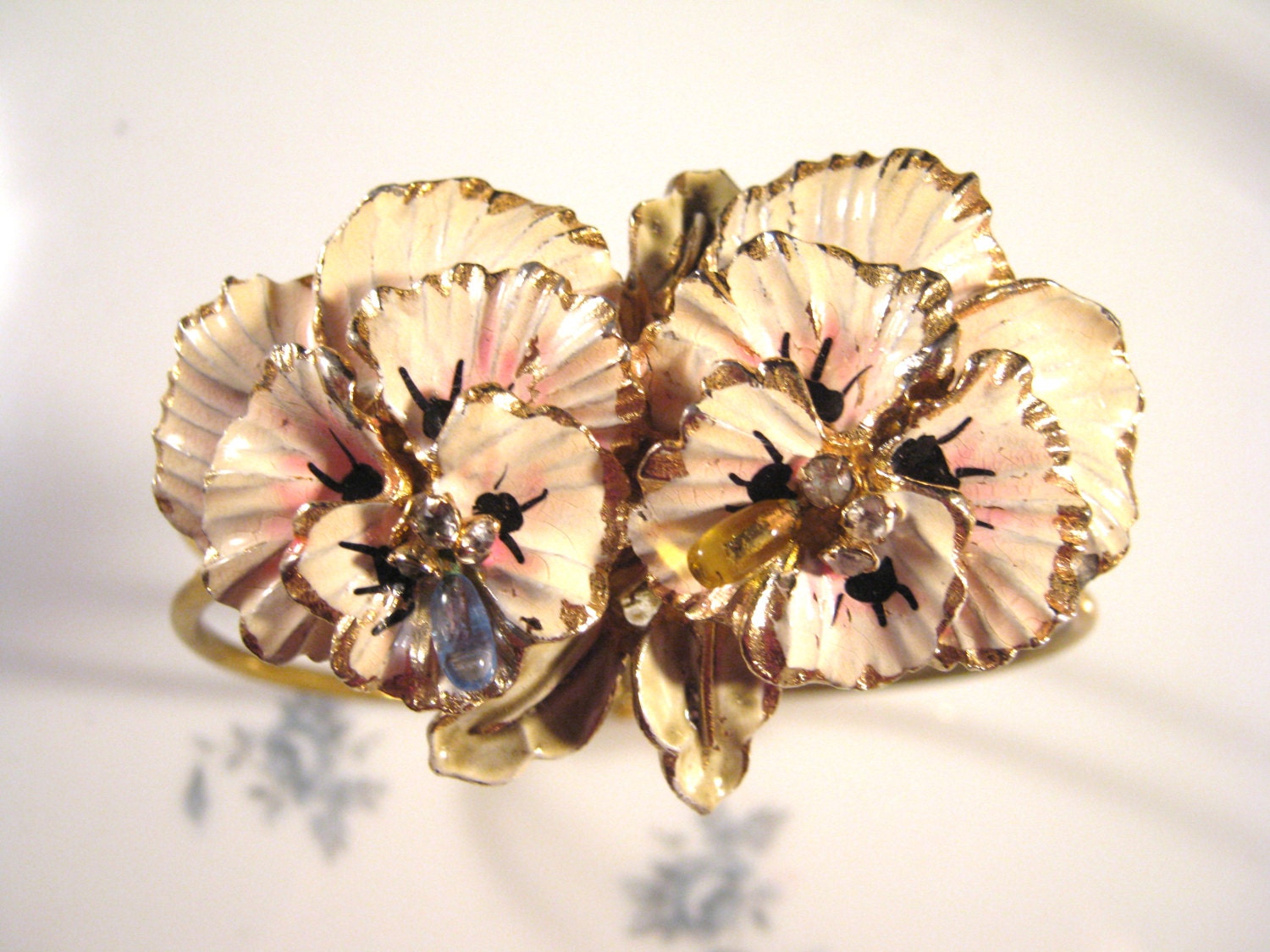

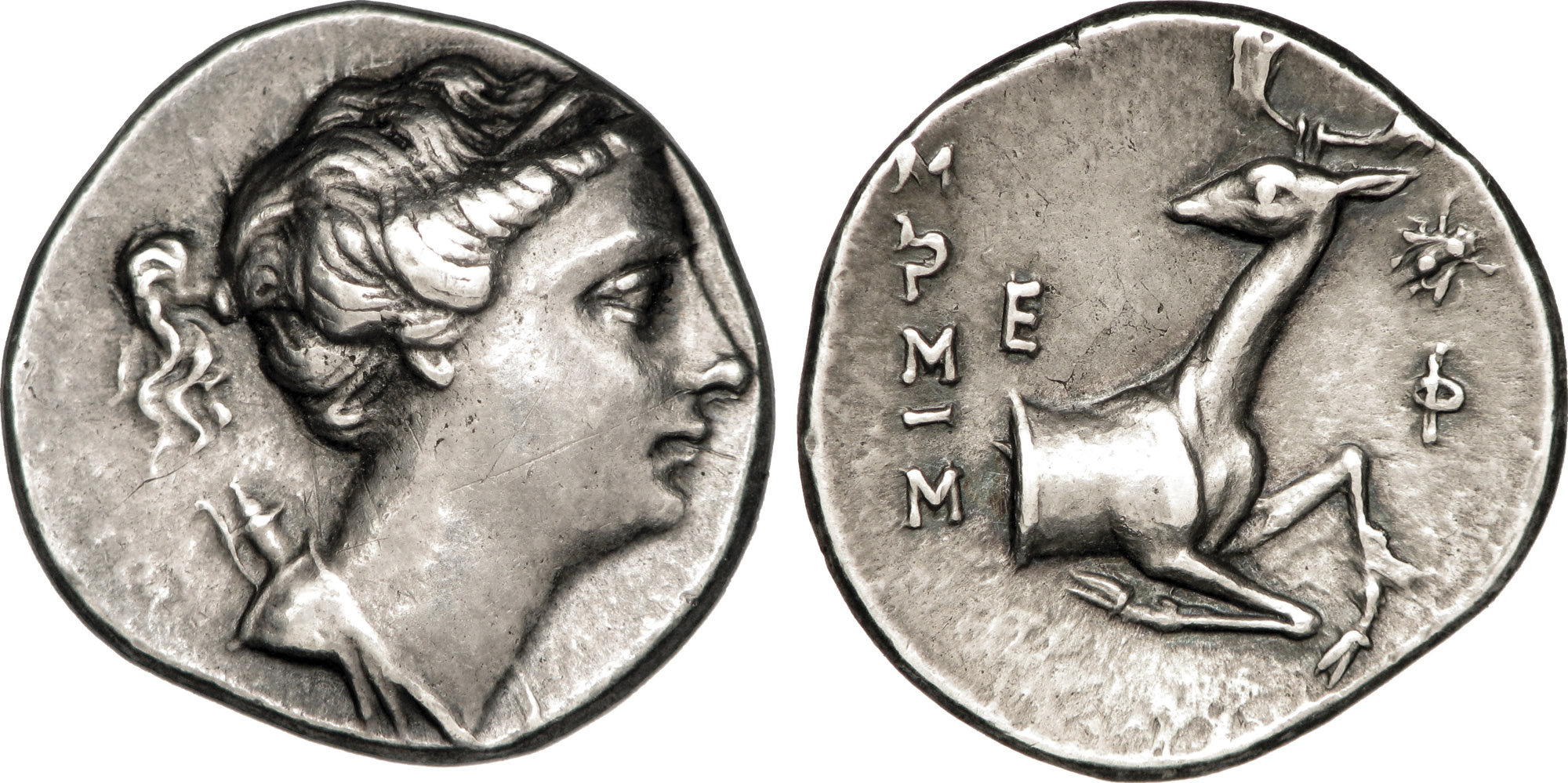





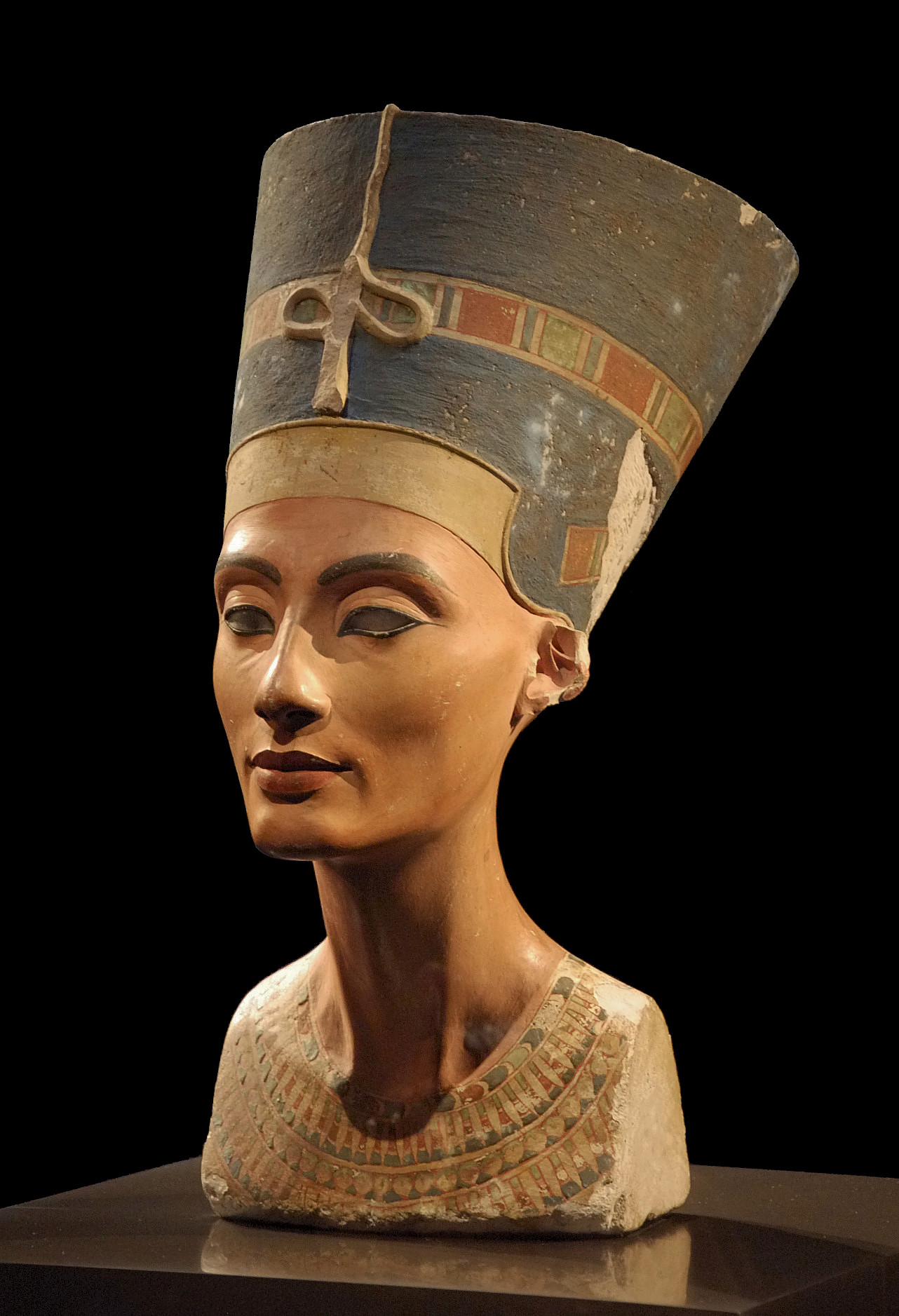

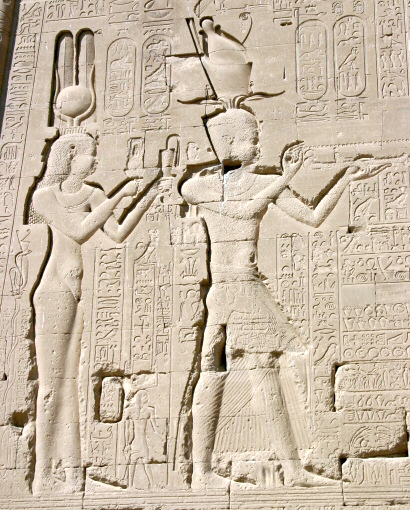


_(RA)_-_Travoys_Arriving_with_Wounded_at_a_Dressing-Station_at_Smol,_Macedonia,_September_1916_-_Google_Art_Project.jpg)